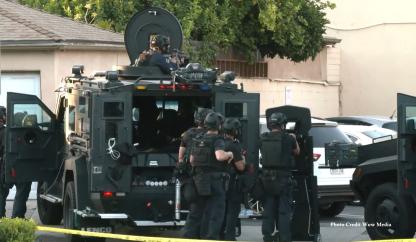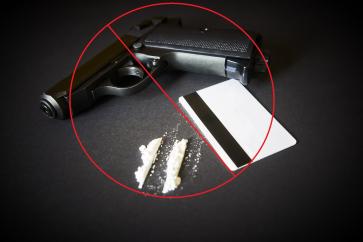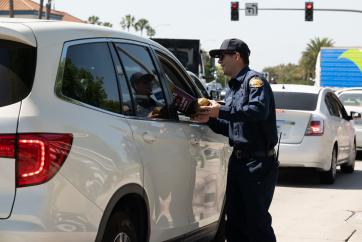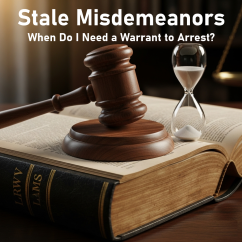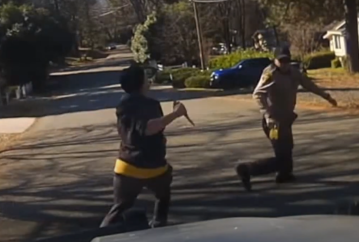

- Ref # CAC00099
- May 01, 2023
A geofence search warrant must particularly describe the thing or place to be searched and the property
- Good Faith Exception to the Fourth Amendment
- Geofence Search Warrants and California's Electronic Communications Privacy Act
- Geofence Search Warrants and Probable Cause, Particularity, and Breath
- Geofence Search Warrants and an Investigator’s Unfettered Discretion
- Probable Cause and a Suspect’s Use of a Cellphone
To be in compliance with the Fourth Amendment, a search warrant must reflect sufficient probable cause, particularly describing the thing or place to be searched and the property to be seized. The breath of a search warrant application must be limited in scope to those items for which there is probable cause to be seized. Geofence warrants are lawful so long as in compliance with these rules, and while limiting an investigator’s unfettered discretion in deciding whose electronic device to search.
